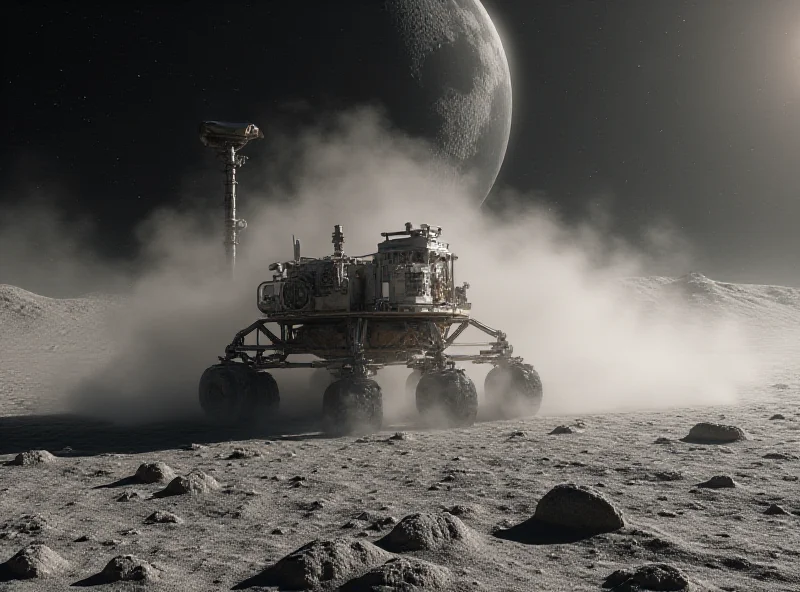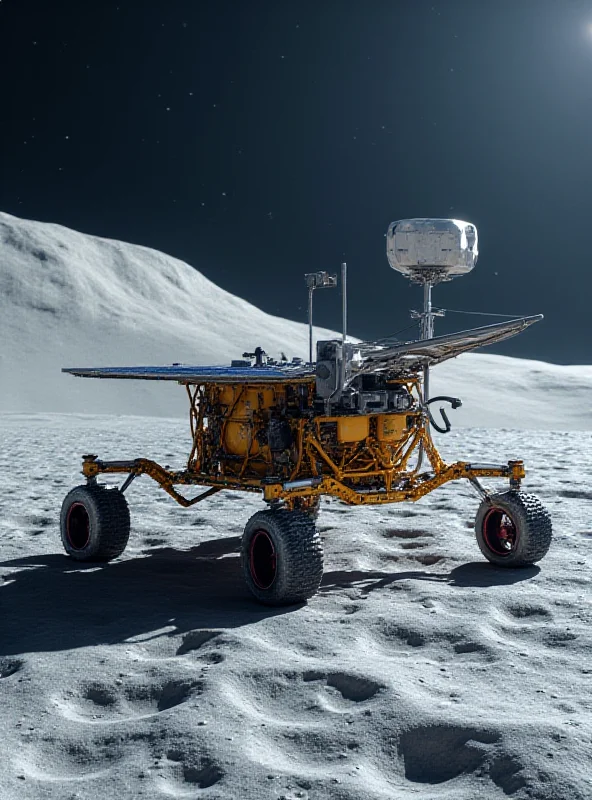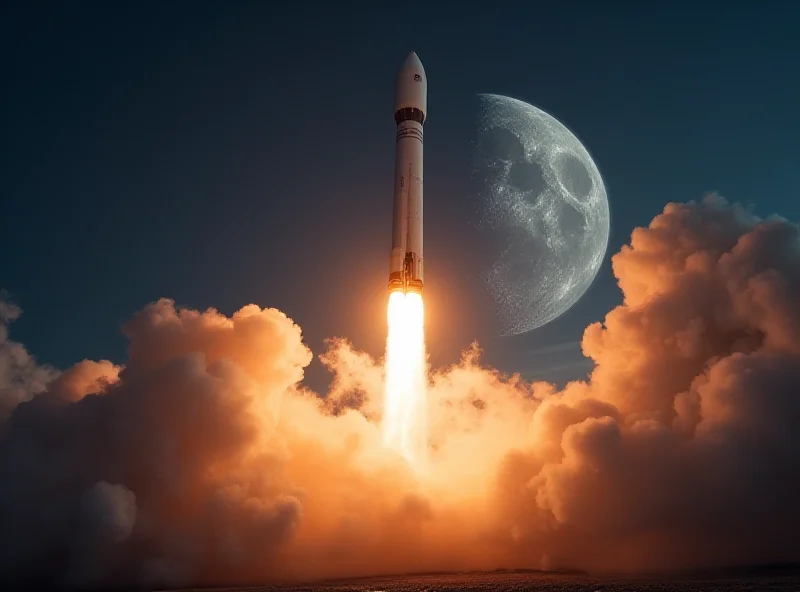The race to the Moon is heating up, with both successes and setbacks marking recent lunar missions. Private companies are leading the charge, but navigating the complexities of lunar landings proves challenging. Two companies, Intuitive Machines and Firefly Aerospace, have been at the forefront of this renewed lunar exploration, experiencing both triumphs and tribulations.
Intuitive Machines: A Second Landing with Lingering Questions
Intuitive Machines achieved a second lunar landing, repeating its earlier success from February of last year, making it the first private entity to operate a module on the lunar surface. This time, the lander, named Athena, touched down on the moon. However, unlike their previous mission, uncertainty surrounds the Athena landing. The final position of the lander was not immediately clear, potentially jeopardizing the mission's progress. This raises questions about the overall success of the operation and whether the lander will be able to perform its intended duties.

Athena's primary mission is to search for water on the lunar surface, a crucial resource for future human explorations. Whether the troubled landing will impact its ability to achieve this objective remains to be seen. As one space analyst stated, "Landing is only half the battle; now they need to ensure all systems are operational."
Firefly Aerospace's Blue Ghost: A Successful Touchdown
In contrast to the uncertainty surrounding Intuitive Machines' landing, Firefly Aerospace celebrated a resounding success. Their Blue Ghost lander, part of NASA's Commercial Lunar Payload Services (CLPS) program, successfully touched down on the moon in the Mare Crisium region. The lander is upright, communicating with the team back on Earth, and ready to begin its mission.
“Just through transit to the Moon, Firefly’s mission has already delivered the most science data to date for the NASA CLPS initiative,” said Shea Ferring, Firefly’s Chief Technology Officer, highlighting the mission's early accomplishments.

Blue Ghost is expected to remain operational for approximately 14 Earth days, capturing high-definition images of the lunar surface, including a total eclipse and lunar sunset. NASA is also using the lander to test instruments that can drill and collect samples from the surface. Firefly even joked on X, "The lander saw her shadow, 2 more weeks of ops!"
Learning from Successes and Failures
These recent missions highlight the inherent risks and rewards of lunar exploration. While Intuitive Machines faces uncertainty, Firefly Aerospace's success demonstrates the potential of commercial partnerships in advancing space exploration. These experiences will undoubtedly inform future lunar missions, paving the way for more reliable and ambitious endeavors. The successes and stumbles are all part of the learning curve as humanity aims to establish a more permanent presence on the Moon.

Ultimately, the journey to the Moon is a marathon, not a sprint. Each mission, regardless of its outcome, provides valuable data and insights that will propel future lunar exploration efforts.
